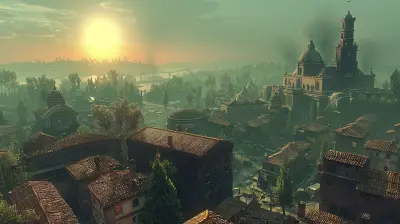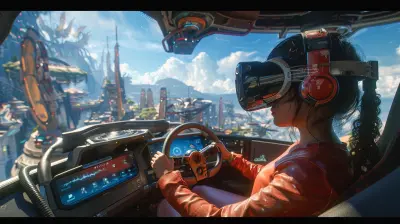How Photorealism Is Redefining Visual Expectations
1 August 2025
Have you ever paused a video game or a movie just to marvel at how real everything looks—like, too real? That’s photorealism at work. It’s not just about graphics looking good anymore. We’re talking about visuals that blur the line between the digital world and real life. And in gaming, that shift is turning heads and reshaping the way we see and experience digital content.
Photorealism isn’t a gimmick or a passing trend—it’s a revolution. A revolution that’s dragging us (willingly) into a new era of visual storytelling, immersion, and emotional intensity. So let’s crack this open and see how photorealism is changing the game—literally.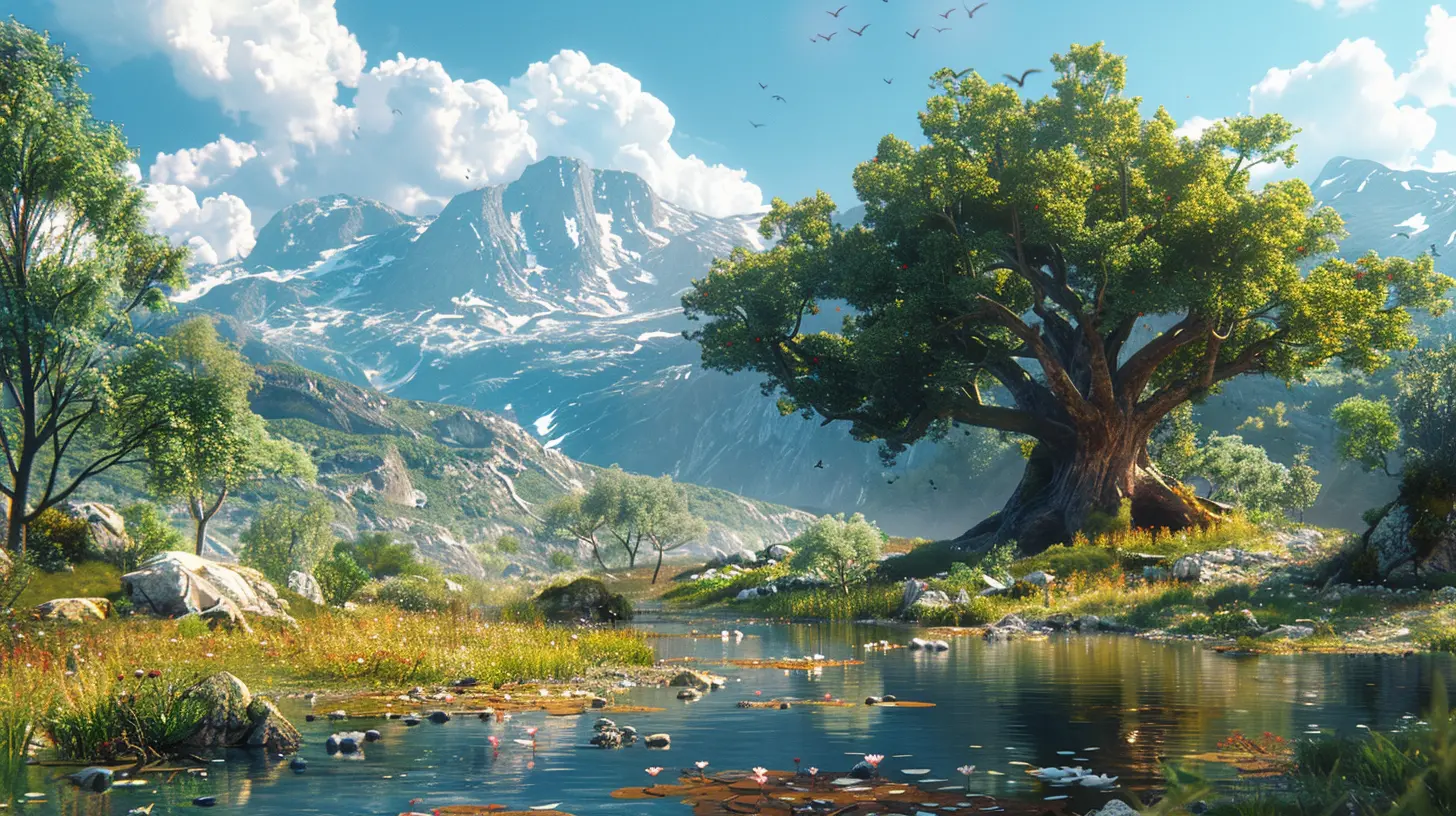
What Exactly Is Photorealism?
Before diving deep, let’s get on the same page. Photorealism is the art of making digital images look so real that they’re almost indistinguishable from a photograph. It started in painting decades ago, but in today’s tech-savvy world, it’s all about computers, rendering engines, and high-fidelity textures.In gaming and CGI, photorealism means textures with pores, reflections in puddles that mimic real-world physics, and lighting that behaves like sunlight filtering through a dusty window. It’s not just about adding detail—it’s about adding life.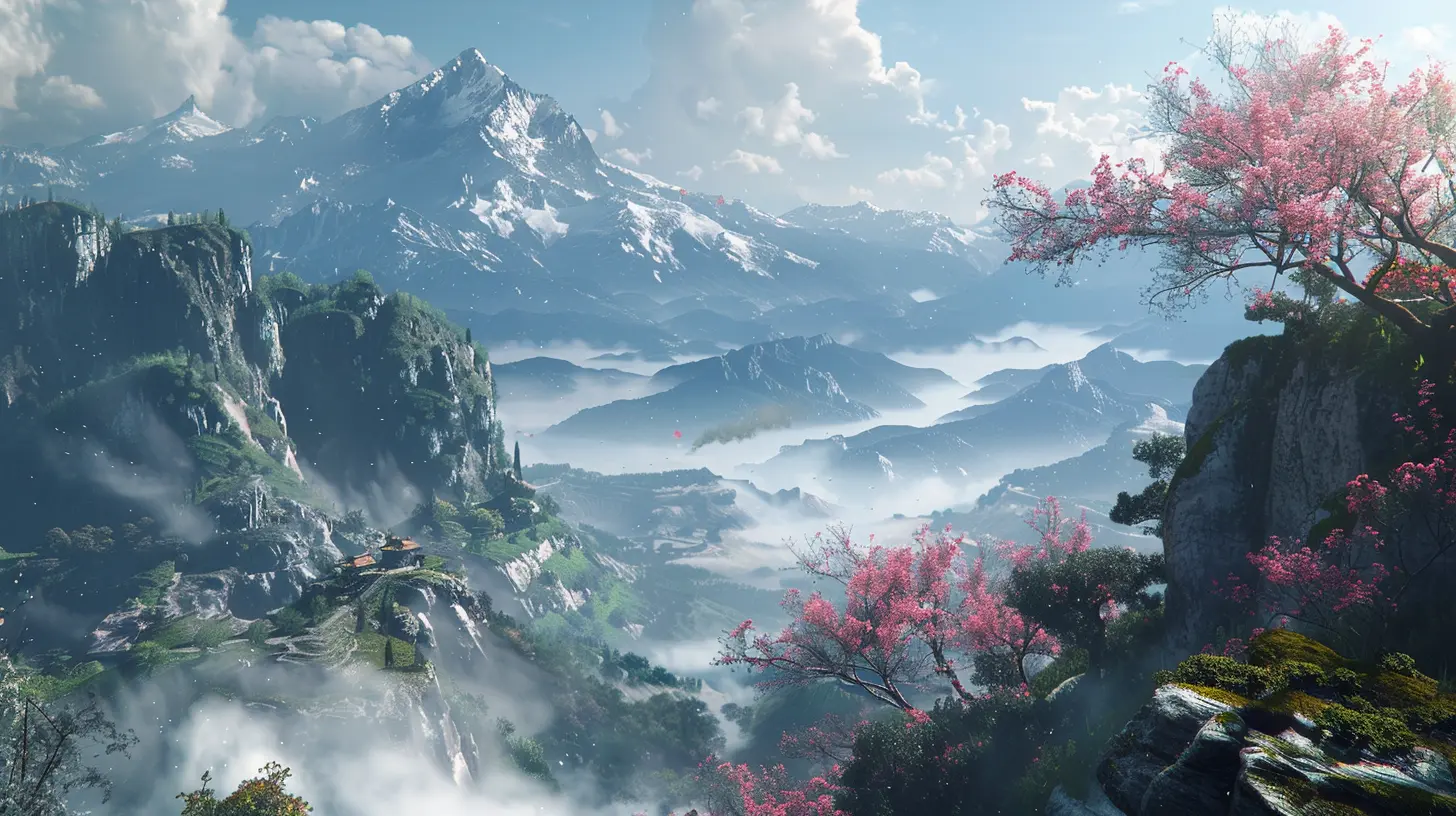
The Evolution of Photorealism in Games
Do you remember the blocky characters of early console games? If you grew up on PlayStation 1 or N64, you know exactly what I’m talking about. And yet, at the time, those graphics blew our minds. Fast forward to today—games like "Red Dead Redemption 2", "Cyberpunk 2077", and "The Last of Us Part II" look so real you'd think you were watching a live-action film.So what changed? A few key things:
1. Powerful Hardware
Let’s give credit where it’s due. The rise in GPU power—from NVIDIA’s RTX series to AMD’s RDNA chips—pushed the boundaries of what’s possible. These processors can handle mind-blowing amounts of data, crunch complex calculations in real-time, and deliver buttery-smooth frame rates—all while rendering scenes that could fool your eyes.2. Ray Tracing
You’ve probably heard this term tossed around in tech reviews. Ray tracing simulates the behavior of light in a scene just like it behaves in the real world. It traces the path of light rays, bouncing them off objects to create realistic shadows, reflections, and lighting.This tech is one of those things you don’t realize you need until you see it. Then there’s no going back.
3. Photogrammetry and Scanning Tech
Instead of artists painting textures or sculpting rocks manually, game developers now scan real-world objects and drop them into digital environments. That mossy rock you’re hiding behind in a shooter? It might actually be a real rock from a forest in Norway.4. AI Upscaling and Machine Learning
AI is helping games look better while running smoother. Tools like NVIDIA’s DLSS (Deep Learning Super Sampling) use AI to upscale lower resolution images to higher ones in real-time. That means more performance and better visuals. It’s like having your cake and eating it too.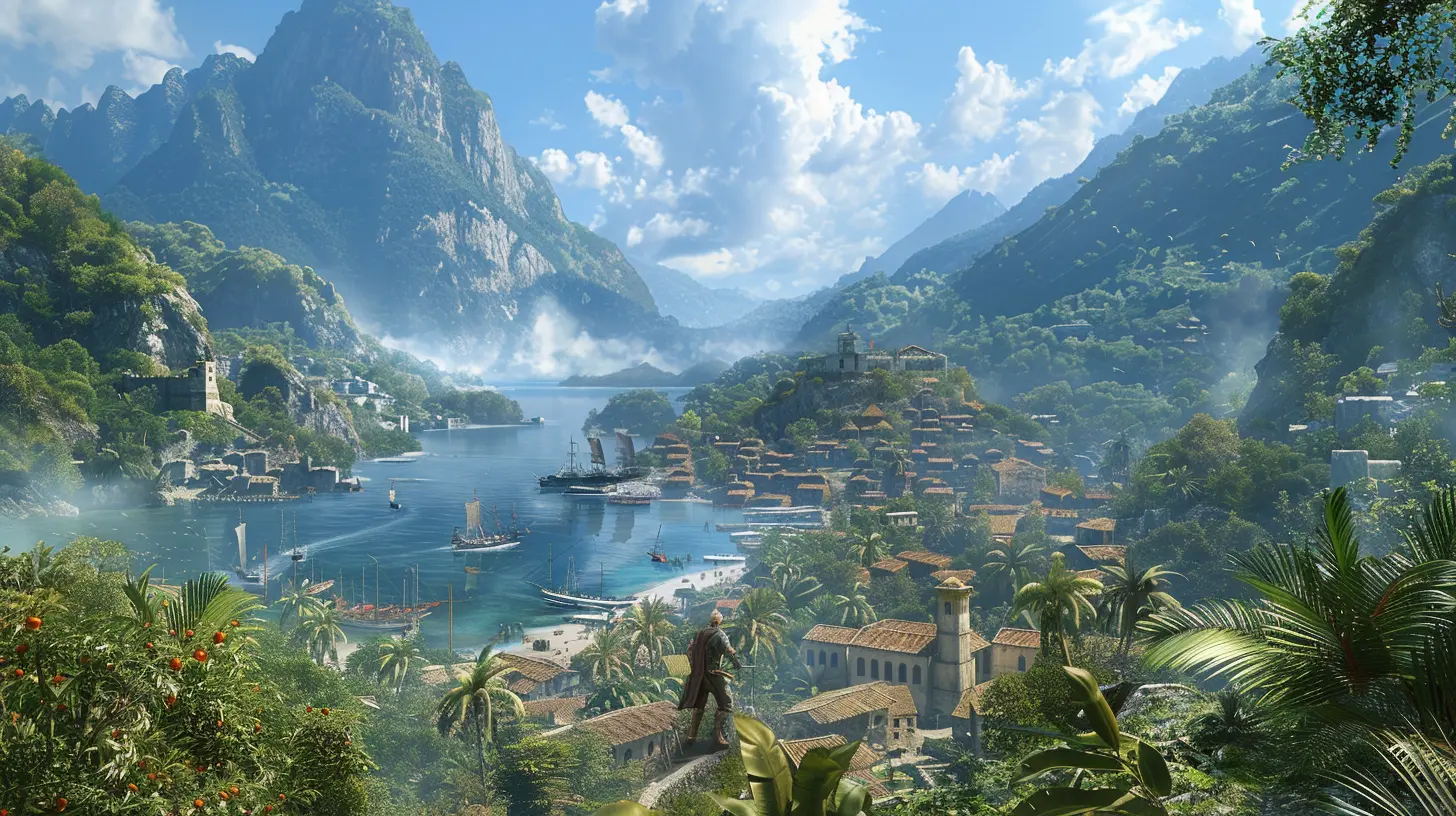
How Photorealism Enhances Immersion
Okay, so the tech’s impressive. But why does it matter to gamers and developers?Because when visuals get this realistic, the game world gets more believable—and that’s a big deal. You’re not just playing a character. You’re in the world. You breathe the digital air, walk on muddy ground that squishes beneath your character’s boots, and flinch when the sun blinds you around a corner.
Let’s break it down:
Emotional Connection
Photorealism doesn’t just make things look good. It makes you feel something. When a character cries in a game and you can see the trembling lips, the moisture in their eyes, and the subtle skin movements, it hits different. It becomes a moment you remember.Suspension of Disbelief
When the environment looks real, your brain stops questioning it. You stop thinking, “this is a game," and start thinking, "I'm here." That’s gold for developers. The less your brain resists the illusion, the deeper your immersion.Storytelling Power
Realism ups the ante for narrative-driven games. Suddenly, story beats hit harder. Tension builds more effectively. Drama unfolds like a movie, but with you right in the driver’s seat.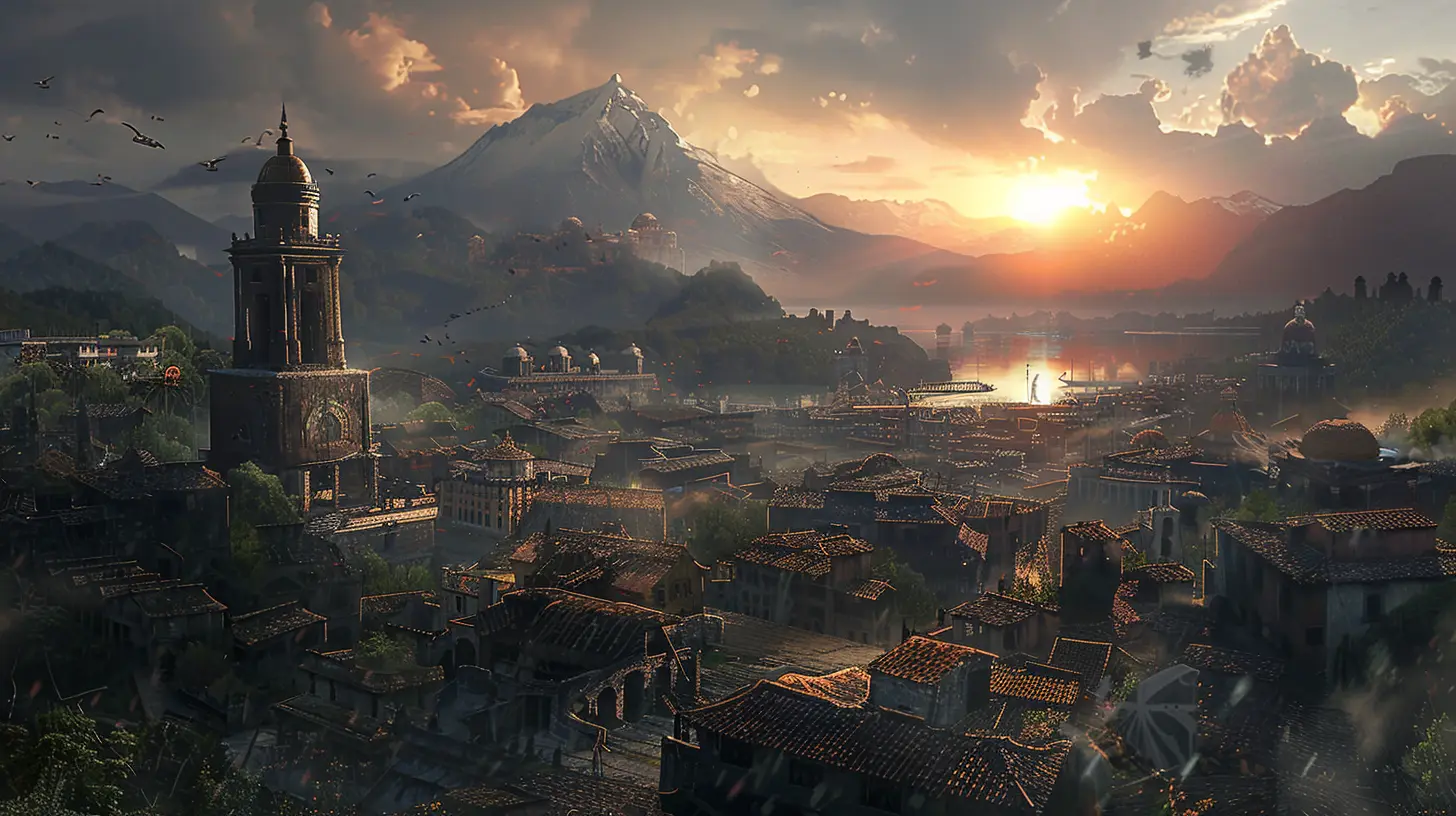
Photorealism in Other Realms Beyond Gaming
It’s not just the gaming world cashing in on photorealistic visuals. Film, architecture, automotive design, and even fashion are getting a piece of this pie.- Hollywood uses it for VFX that seamlessly mix live-action with CG.
- Architects use photorealistic renders to show prospective clients exactly how a building will look before the first brick is laid.
- Automakers create lifelike car models for advertising and virtual showrooms.
So yes, while gaming’s on the frontlines, everyone’s joining the realism revolution.
The Double-Edged Sword of Photorealism
Alright, time for a reality check. Photorealism is jaw-dropping, but it’s not without its flaws or challenges.Escalating Cost and Time
Realistic assets don’t come cheap. Detailed models with high-res textures, complex lighting, and realistic animations take time and $$$. Studios are feeling the pressure to deliver higher fidelity without compromising deadlines or budgets.The Risk of the Uncanny Valley
That eerie feeling when something looks almost human but not quite? Yep—welcome to the uncanny valley. Pushing too close to realism without nailing it can actually turn players off.Think of it like a wax figure of your favorite celebrity. Sure, it looks like them, but something’s… off. That “off” can break immersion just as easily as bad graphics.
Accessibility and Hardware Demands
Let’s face it—not everyone has a $3,000 gaming rig. Photorealistic games can be hardware-hungry, alienating casual gamers or those on a budget.Striking a Balance: Stylization vs. Photorealism
Here’s a fun twist—not all great games need photorealism. Take "Zelda: Breath of the Wild" or "Hades"—beautiful, stylized games that don’t chase realism but still immerse and engage.Photorealism is one tool in an artist’s kit. It’s powerful, no doubt. But sometimes, a touch of the surreal or the abstract can do what realism can’t—ignite imagination.
It’s kind of like comparing oil painting to a photograph. Both have their place. Both move you in different ways.
The Future of Photorealism
The big question: where do we go from here?Some say we’re already approaching the limit. But that’s hard to believe when you look at what’s on the horizon.
- Real-time rendering is getting faster and more efficient.
- AI art tools can generate lifelike assets in seconds.
- Haptic feedback and VR are closing the gap between seeing and feeling.
And with companies like Epic Games (Unreal Engine 5) and Unity leading the charge, it feels like we’re only scratching the surface.
Imagine game worlds that react dynamically to every player’s movement. Or personalized cinematics that adjust to your choices, looking like they were shot with a camera crew on set. That’s not sci-fi anymore—it’s what's next.
What It Means for Players and Developers
If you're a gamer, this is your golden age. Games are looking better than ever, and every new title seems to raise the bar. But that also means expectations are skyrocketing.For developers, photorealism is both a blessing and a curse. It opens doors to breathtaking experiences… but also demands more time, more resources, and more creativity to stand out in a hyper-real world.
The key? Use photorealism as a tool, not a crutch. There’s a fine line between something that looks real and something that actually feels real. The magic happens when you bridge both.
Final Thoughts: More Than Just Pretty Pixels
At the end of the day, photorealism is more than just eye candy. It’s a shift in how we interact with digital worlds. It’s challenging artists, developers, and storytellers to push harder, think differently, and connect deeper.Yes, it’s redefining visual expectations. But more importantly, it’s redefining emotional expectations. Because in today’s world, seeing is believing—and believing is everything.
So the next time you’re riding through a sun-drenched valley in your favorite game or squinting at a lifelike sunset over a digital cityscape, just remember: this isn’t just graphics. This is the future of feeling.
all images in this post were generated using AI tools
Category:
Aaa GamesAuthor:

Avril McDowney
Discussion
rate this article
1 comments
Naomi McWain
Photorealism? More like photoreally impressive! But let’s not forget, it’s the gameplay that keeps us glued, not just pixels.
August 24, 2025 at 4:38 PM

Avril McDowney
Thank you! While photorealism enhances visual appeal, it's the engaging gameplay that truly captivates players. Both aspects are essential for a compelling experience!
